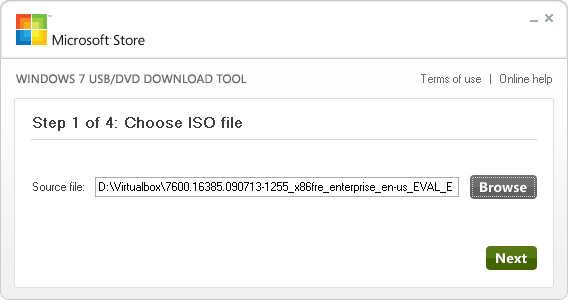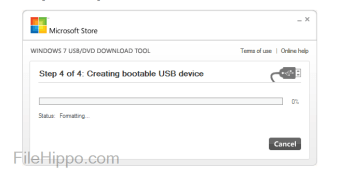

Select Action, and then select Scan for hardware changes. In Device Manager, select your computer so that it's highlighted. Select Windows logo key+R, enter devmgmt.msc into the pop-up box, and then select Enter. To use Device Manager to display USB info: For more information on the IOCTLs that USBView uses to query information, see USBView. Other tools like Device Manager should be used as necessary. These structures include Device, Configuration, Interface, and Endpoint Descriptors, and the current device configuration.Īs USBView is an older application, it may not display newer USB information. The right pane displays the USB data structures that pertain to the selected USB device. The left pane displays a connection-oriented tree view that you can use to select any USB device.

The main USBView window contains two panes. It also queries information about devices from the registry and through USB requests to the devices. USBView is a sample application that enumerates basic information about USB host controllers, USB hubs, and attached USB devices. USBView is also available in the Windows driver samples repository on GitHub.

Open the kits debugger directory for the processor type you're running, and then select usbview.exe to start the utility. To download and use USBView, complete the following steps:ĭuring the installation, select only the Debugging Tools for Windows box and clear all other boxes.īy default, on a 圆4 PC the SDK will install USBView to the following directory.Ĭ:\Program Files (x86)\Windows Kits\10\Debuggers\圆4 USBView works on all versions of Windows. The Universal Serial Bus Viewer (USBView) or usbview.exe is a Windows app that you can use to browse all USB controllers and connected USB devices on your computer.


 0 kommentar(er)
0 kommentar(er)
